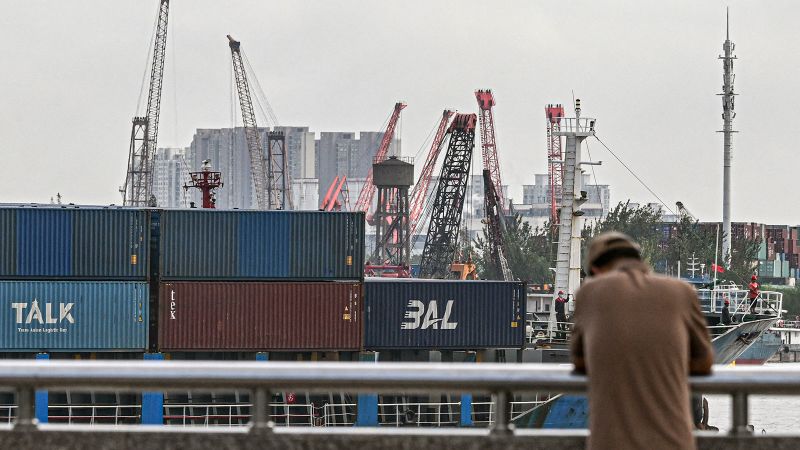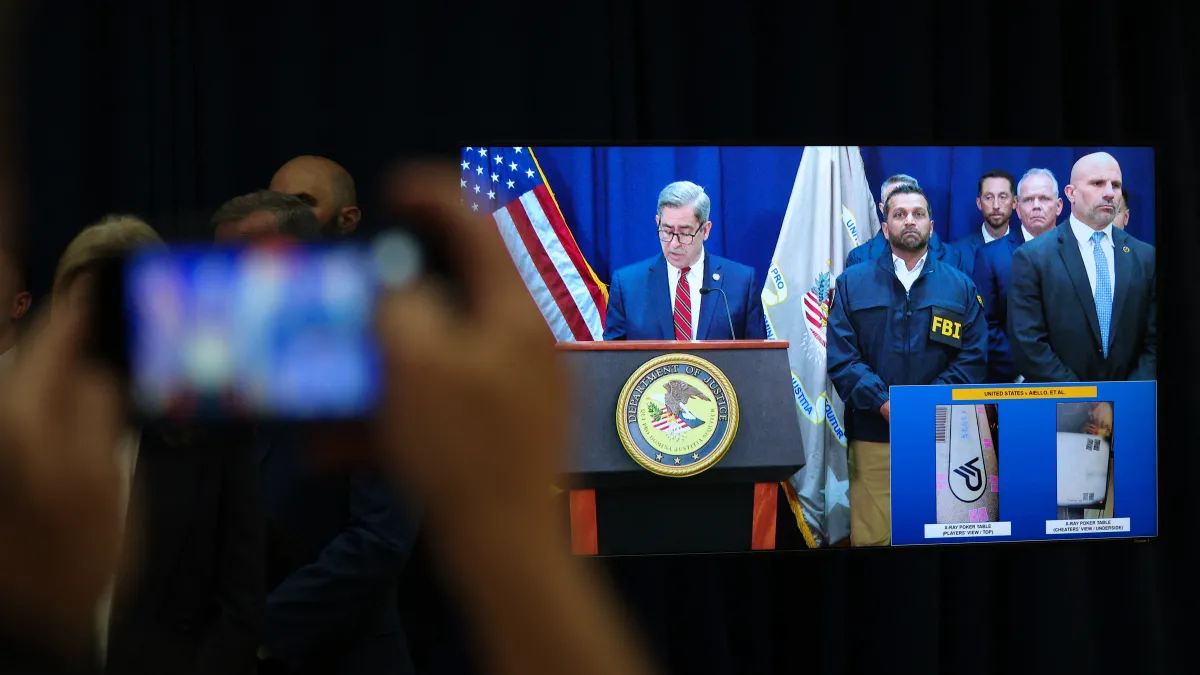Copyright Cable News Network

US and Chinese officials have reached a framework agreement, averting a potentially ruinous 157% tariff on Chinese goods while paving the way for a potential trade deal to be discussed between President Donald Trump and Chinese leader Xi Jinping later this week. The apparent progress came during the first leg of Trump’s weeklong diplomacy tour in Asia, easing tensions between the world’s two biggest economies after weeks escalatory actions they slapped on each other. Asia markets and US stock futures reacted positively to the news. Here’s what we know so far about the talks. Positive signs in Malaysia US and Chinese negotiators conducted their latest round of talks in Malaysia’s capital Kuala Lumpur, the first stop of Trump’s whirlwind diplomatic tour of Asia. And it was shortly after Trump touched down on Sunday that the first positive trade talk signs emerged. “I think we’ve reached a substantial framework for the two leaders who will meet next Thursday,” Treasury Secretary Scott Bessent said on ABC from Kuala Lumpur, where he and Trade Representative Jamieson Greer led the US delegation for the fifth round of in-person talks. He also told CBS news that the 100% tariffs on Chinese goods that Trump previously threatened were “effectively off the table.” All eyes are now on the expected meeting between Trump and Chinese leader Xi Jinping in South Korea on Thursday, which has already been colored by questions of whether it will even happen. The meeting, the first between the pair during Trump’s second term, would happen on the sidelines of the Asia-Pacific Economic Cooperation CEO summit, where Trump is expected to deliver an address. Beijing has yet to confirm the sit down will take place, however that is not unusual given how China’s government rarely does so until such talks are under way. But the latest signaling from trade negotiators in Malaysia sets a more positive tone ahead of that closely watched meeting. Rare earths and soybeans Frictions between the two countries ratcheted up swiftly in September after the US expanded its export blacklist to hit significantly more Chinese companies’ access to American technology, while China ramped up its own export controls on rare earth minerals. Beijing’s expansion of restriction on the critical minerals, of which China holds a near-monopoly role in processing, prompted Trump to vow new 100% tariffs on Chinese imports, originally slated to take effect in November. Neither side has provided full details of the framework, but Bessent said on NBC he anticipates the US would get “some kind of deferral” on rare-earth export controls, adding that the framework sets up Trump and Xi “to have a very productive meeting.” He also told CBS that China would make “substantial” purchase of American soybeans. Soybean farmers in states like Illinois, Iowa, Minnesota and Indiana have been harvesting this fall without purchase orders from China, once the largest buyer of American soybeans. On fentanyl, Bessent said they reached initial agreement on further cooperation to stem the flow of the precursor chemicals of the illegal drug into the US. Additionally, he said the two sides have reached a “final deal on TikTok,” whose US assets are required to be sold to American buyers under US law. The US and China finalized an agreement on the popular short video app after the talks in Madrid. “As of today, all the details are ironed out, and that will be for the two leaders to consummate that transaction,” Bessent said. ‘Shocks and fluctuations’ On Sunday, Chinese state-run media Xinhua said US and Chinese trade negotiators reached a “preliminary consensus” on how to address their “respective concerns.” Li Chenggang, China’s top trade negotiator who led the Chinese delegation with Vice Premier He Lifeng, said that the two sides engaged in deep conversations to address issues including US special port charges on China-built ships, further extension of trade truce, fentanyl tariffs as well as cooperation on combating illegal drugs, as well as export controls. “The shocks and fluctuations” between the two countries over the past month were “not what China wanted to see,” Li told reporters after the talks on Sunday, while stressing that China remains firm in safeguarding its interests despite the US’ tough stance. “Both sides agreed to further finalize the specific details and fulfil their respective domestic approval processes,” the readout said.



